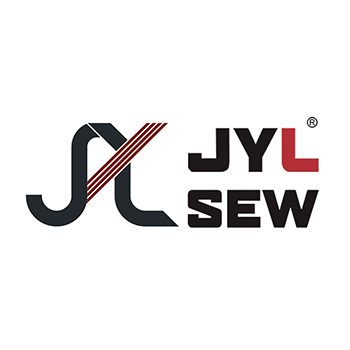In the fast-paced world of apparel manufacturing, staying competitive and efficient is key to success. One of the most impactful innovations in recent years has been the development of programmable sewing machines. These advanced machines have transformed the garment industry by improving manufacturing efficiency, increasing output, and reducing labor costs, all while maintaining high levels of quality and consistency. This article delves into how programmable sewing machines are revolutionizing productivity in the apparel sector.1. Increased Output and Faster Production RatesOne of the most significant advantages of programmable sewing machines is their ability to significantly increase output. Traditional sewing machines often require manual adjustments, repetitive tasks, and constant operator supervision. Programmable machines, however, automate many of these processes, allowing for faster production cycles.These machines can store multiple sewing patterns and commands, enabling operators to simply select a program to run, rather than adjusting settings manually for each garment. Additionally, programmable machines can operate at higher speeds than manual models, processing large batches of garments in a shorter period. This increased efficiency helps manufacturers meet the rising demand for fast fashion and large production orders, reducing lead times and improving turnaround rates.2. Reduced Labor Costs and Human ErrorIn garment factories, labor costs make up a significa
- Home
- About us
- Product
- Hat Sewing Machine
- Industrial Flat Sewing Machine
- Eyelet Sewing Machines
- Eyelet Punching Machine
- Hat Stitching Machine
- Curved Edge Sewing Machine
- Hat Brim Sewing Machine
- Automatic Sewing Machine
- Automatic Velcro Sewing Machine
- Semi-automatic Sewing Machine
- Adjustable Buckle Fixing Machine
- Elastic Cutting Sewing Machine
- Velcro Welding Machine
- Hot Air Seam Sealing Machine
- Ultrasonic Sewing Machine
- Ultrasonic Holes Punching Machine
- Button Wrapping Machines
- Double Needle Flat Sewing Machine
- Shoes Sewing Machine
- Electronic Bartack Machine
- Double Needle Sewing Machine
- Punching Sewing Machine
- Computer Pattern Sewing Machine
- Shoe Ribbon Sewing Machine(Thread)
- Herringbone Rotary Sewing Machine
- Heringbone Rotary Sewing Machine(Thread)
- Cyclic Displacement Pattern Sewing Machine
- Heelpieces Automatic Sewing Machine
- Jeans Sewing Machine
- Garments Sewing Machine
- Special Industrial Machine
- Hat Sewing Machine
- Case
- News
- Contact us



